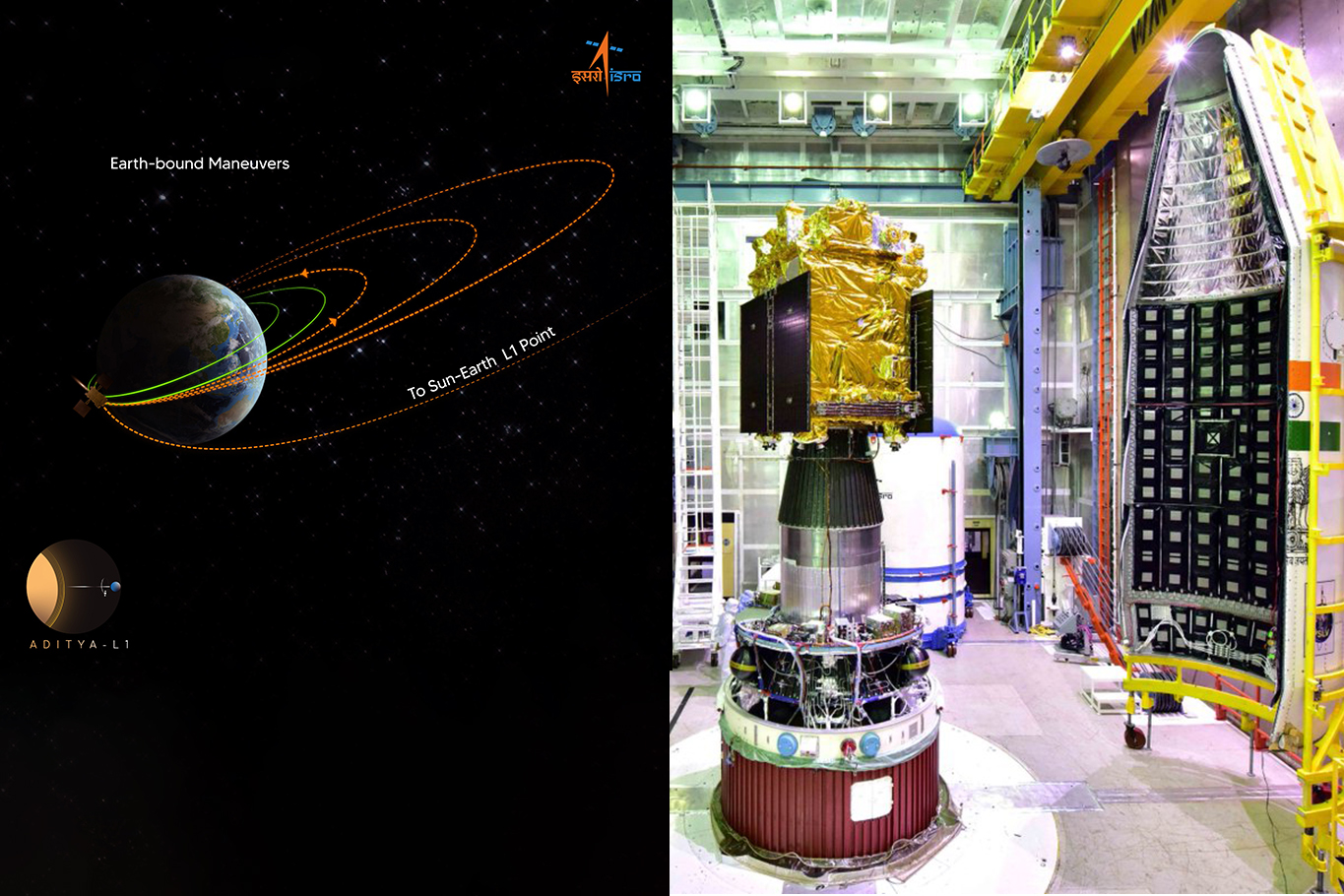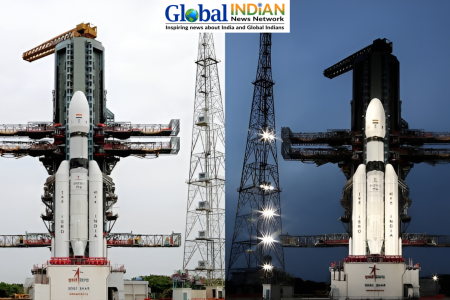
India’s inaugural solar mission, the Aditya-L1 spacecraft, has completed its second earth-bound manoeuvre, as confirmed by the Indian Space Research Organisation (ISRO). The manoeuvre, known as EBN#2, was executed successfully from ISTRAC, Bengaluru, with ISRO’s ground stations in Mauritius, Bengaluru, and Port Blair tracking the satellite during the operation. This manoeuvre resulted in a new orbit at 282 km x 40225 km. The upcoming maneuver, EBN#3, is planned for September 10th.
Following the successful landing of Chandrayaan-3 near the South pole of the moon, ISRO launched India’s maiden solar mission, Aditya-L1, from the Satish Dhawan Space Centre in Sriharikota. Aditya-L1 carries seven different payloads to conduct an in-depth study of the sun, including four for observing sunlight and three for measuring in-situ parameters of plasma and magnetic fields.
Aditya-L1 is destined for a halo orbit around Lagrangian Point 1 (L1), located 1.5 million km away from Earth in the direction of the sun. This journey is expected to take four months. Positioned at about 1.5 million km from Earth, facing the Sun, Aditya-L1 will investigate the sun’s outer atmosphere, without actually landing on or getting closer to the Sun itself.
This strategic position allows continuous observation of the sun without being affected by eclipses or occultations, enabling scientists to study solar activities and their influence on space weather in real time. Aditya-L1’s data will contribute to a better understanding of the processes leading to solar eruptive events and their impact on space weather.
The mission’s key objectives encompass studying the physics of solar corona and its heating mechanism, solar wind acceleration, solar atmosphere dynamics, solar wind distribution, temperature anisotropy, Coronal Mass Ejections (CME) origins, flares, and near-Earth space weather.
Aditya-L1, dedicated to comprehensive solar study, will spend 16 days in Earth-bound orbits, undergoing five manoeuvres to attain the required speed for its journey. Subsequently, a trans-Lagrangian1 insertion manoeuvre lasting 110 days will propel the satellite approximately 15 million kilometers to reach the L1 point, where it will be bound to an orbit around L1, a gravitational balance point between Earth and the Sun.












